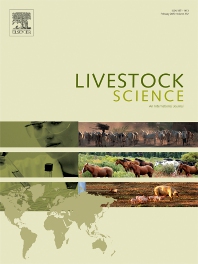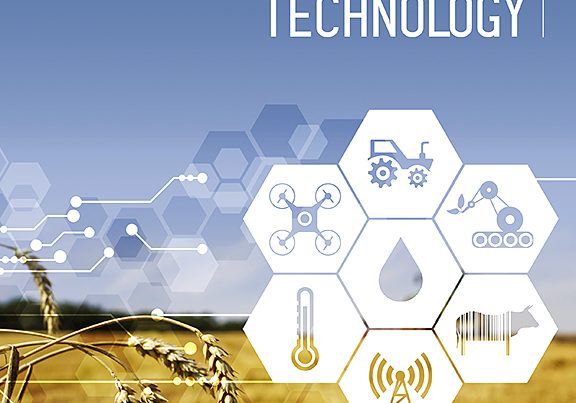Document type : online prepublication of scientific article in Livestock Science.
Authors: Alison M. Sinnott, Emer Kennedy, Eddie. A. M. Bokkers
Preview: It has been suggested that the integration of automatic feeding systems into calf rearing programmes has the potential to improve calf behaviour, growth and the associated labour. Thus, the objective of this study was to compare the effects of automatic and manual feeding systems on calf health, behaviour, growth and labour. A population of 60 dairy heifer calves was used: 44 Holstein-Friesian (HF) and 16 HF x Jersey (JE), balanced for birth weight (33 ± 4.1 kg), birth date (26 January ± 3.2 days) and breed. The experiment was a randomised block design including two treatments; i) automated calf feeding system (AFS) and ii) manual calf feeding system (MFS). Each treatment was replicated once, so a total of four balanced groups of 15 heifer calves were created. Milk replacer was offered at a rate of 6 L per calf/day (reconstitution rate 15%), with fresh water, ad-libitum concentrates and hay offered from three days old. Calves were weaned based on weight (90 kg for HF and 85 kg for HF x JE). Total labour input/day was consistently less for AFS compared to MFS (-00:01:06 per calf/day). Automatic feeding systems had a higher labour requirement for health inspections and training to the system (+00:00:15 per calf/day and +00:02:06 per calf/day, respectively), on a per calf basis, compared to MFS. The MFS-calves had an increased likelihood of experiencing faecal scores > 0 (Odds Ratio (OR) = 2.009; Confidence Interval (CI) = 1.463 - 2.759). The MFS-calves were also more likely to defecate and urinate (OR= 1.450; CI = 1.080-1.945), eat (OR= 1.281; CI = 1.140 - 1.439) and socially interact (OR= 1.300; CI = 1.111 - 1.521), compared to standing. There was no difference in number of days from birth to weaning (80.8 days) and weight at weaning (92.9 kg); average daily gain in both the pre (81 days) and post weaning (79 days) periods was similar between the two treatments (0.74 and 0.70 kg/day, respectively). Patterns for behaviours such as lying and playing were similar and low levels of abnormal behaviours were found in both treatments. Calves in both treatments exhibited good health and normal behavioural patterns as well as similar growth rates. Thus, when managed appropriately, the saving of labour is a distinct advantage automated feeding systems have over their manual counterparts when rearing group-housed calves.




